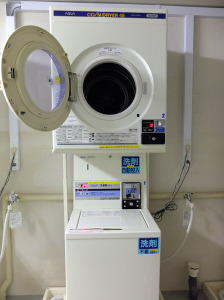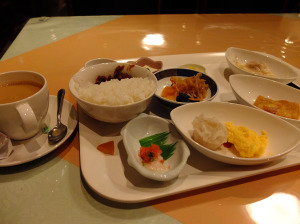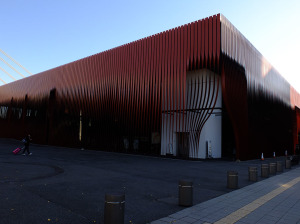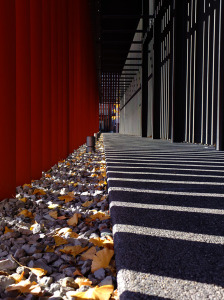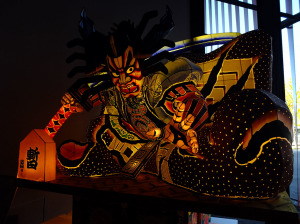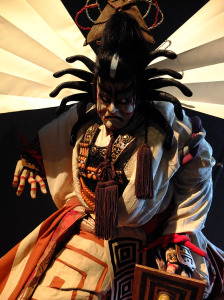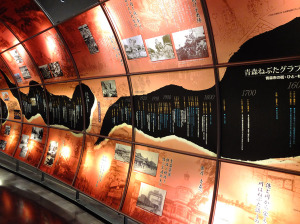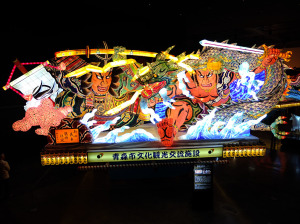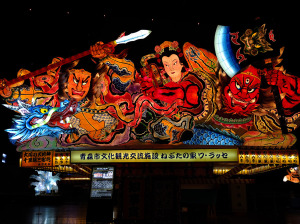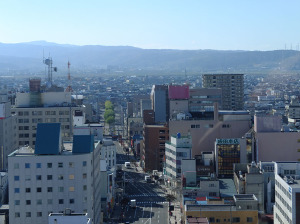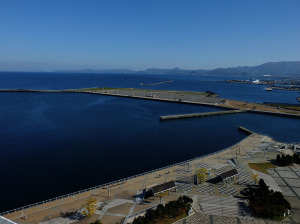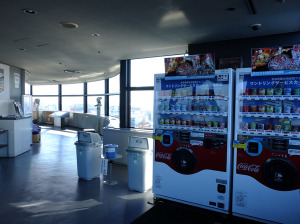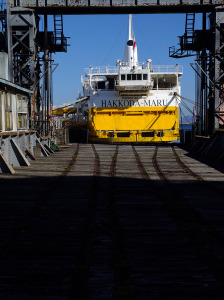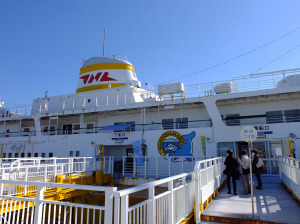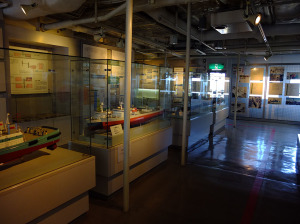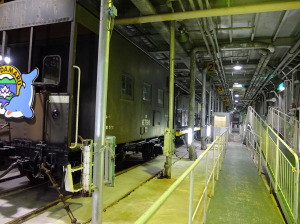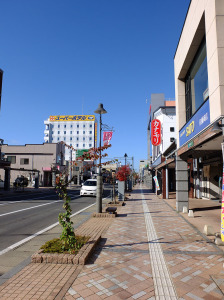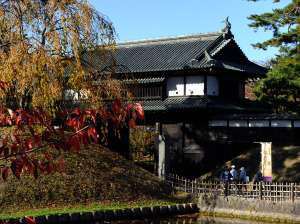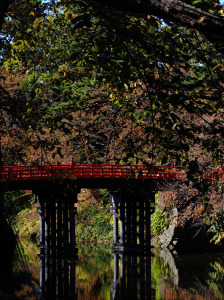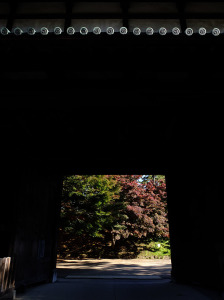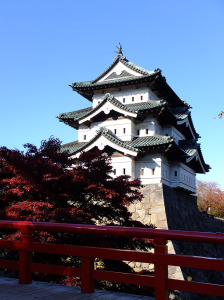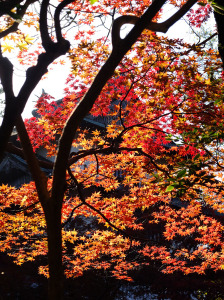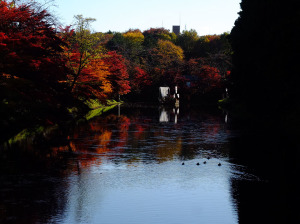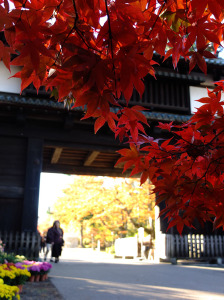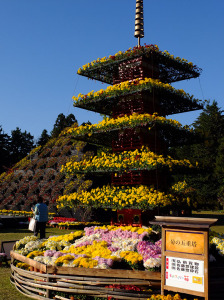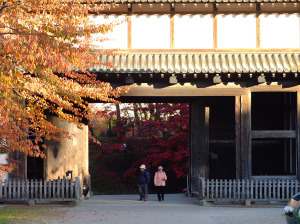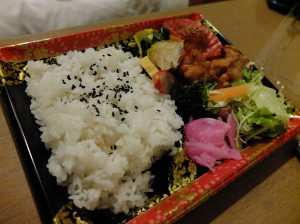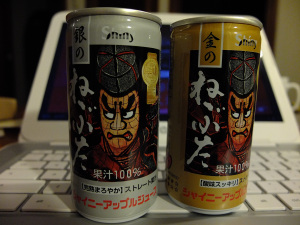Before breakfast I hop down to do the laundry. I had forgotten to save enough 100Y coins for the laundry but the front desk was more than happy to exchange some.
At breakfast I am yet again impressed by the care they put towards it, most of the hot dishes and some of the appetizers have been swapped out with new things. Today feels a bit more chinese with dimsim and wontons on the menu.
Today’s schedule contains touring the city before going to Hirosaki, a small city about 40 minutes south of Aomori.
Aomori has 3 main attractions, the Warase Nebuta House, the ASPAM and the Hakkoda Maru.
Warase Nebuta House is a museum about the Nebuta festival where giant lantern floats are paraded through the city, a tradition that traces back to a battle conducted by the Shogun back in the 9th century. The festival has become hugely popular in recent years with the floats become ever more elaborate.
The Hakkoda Maru is a museum converted from one of the last rail and goods transport ferry connecting Aomori with Hakodate. It details the history of the ferry and the way life in Aomori had revolved around it.
ASPAM is a multi purpose tourist, local goods and community centre, it has a panoramic theatre that introduces Aomori prefecture and also has a lookout level.
A multipass to all 3 costs 1300Y. Vaguely speaking this is worth it as one should definitely visit the Warase Nebuta House and the Hakkoda Maru is well worth a visit, price for the two is 1100Y so you get the maybe ASPAM for just 200Y (instead of 800Y), in which case you may as well just visit it.
The Nebuta house if very iconic, its blocky shape is covered by wavy red strips.
Feel free to take photos, the lady says when giving me my ticket.
The places houses a rich display, with the first section outlining the history of the nebuta festival, the method of float creation and introduces various nebuta craft masters. 5 complete floats are on display, preserved from previous festivals. There are also various nebuta masks and demonstrative cross sections of floats to show their structure.
As a people who values tradition strongly, Japanese really take their festivals serious. Each float takes an entire year to plan and construct, just in time for the next festival. I highly doubt any sponsors gets their money worth from the exposure, the floats look to be expensive as heck, and probably treats it as a matter of pride.
After Nebuta I go to ASPAM. The panoramic theatre isn’t starting for a while yet so I head up to the lookout on level 13. The entire floor is a viewing level so you enjoy a 360 view of Aomori and the strait. On a good day one would be able to see all the way to Hokkaido.
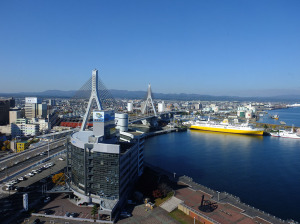
View of Aomori, you can see the red Nebuta house behind the bridge and the yellow bottomed ship is the Hakkoda Maru
The panoramic theatre didn’t amount to much, a tourism clip but played on 360 degrees surround screens. It introduces the natural assets and culture, history and festivals of the prefecture. Passable.
Then it’s back to the station side to visit the Hakkoda Maru (I forgot why I didn’t just visit the Hakkoda Maru before ASPAM).
The seikan ferry is special in that it was a ferry that didn’t just transported people but also transported train carriages. Before the completion of the seikan tunnel there were no direct connections between Honshu and Hokkaido. With the growth of Hokkaido and Honshu’s dependence on its abundant resources, it became important to improve connection between the islands.
At the start of the 1900s the seikan ferry was established which transported trains from Aomori to Hakodate and from there the trains continue onward to Sapporo. It carried mails, goods and even passenger trains.
The ferry continued to grow, rapidly expanding in the 1930s with Japan’s initiation of the war with China. The ferry suffered major setbacks in WW2, the Allies targeted the ferry to interrupt the flow of goods and supplies through Japan. The ferry lost so many ships to bombing and mines that it virtually ceased to operate toward the end of the war.
In the postwar era the rebuilding effort’s needs for raw materials revitalized the ferry, with the ferry reaching its peak in the 1970s.
As the decade continued the growth of air travel gradually replaced its importance. The opening of the Seikan tunnel sealed its fate by allowing direct rail connection to Hokkaido. The ferry was shut down in the same year the tunnel opened in 1988.
After touring the 3 attractions I hop on a train to Hirosaki, best known for its castle which is one of the best sakura viewing sights in Japan.
The castle is about 2km from the station. There’s a 100Y loop bus but I wanted to see the city so I walked. Hirosaki interesting felt more modern than Aomori despite being smaller, possibly because Aomori is more industrial heavy with its docks and its history of being more an frontier town.
It’s really really hard to take good photos with the sun so bright, but I had a lot of fun here. The castle grounds is quite large and they’re also hosting a chrysanthemum festival. I’m not really a chrysanthemum guys and can’t tell the difference between all those various pots of flowers.
There’s meant to be a light up here in the evening. Looking at their light placement I decided it likely isn’t worth staying around for another two hours and headed back to Aomori.
Dinner is expected supermarket bento. Pretty yummy, this one even came with a small pack of salad sauce.
I also bought a few cans of Aomori produced apple juice. There are 3 varieties, each has the image of a Nebuta but with different background color. Kind of like how some coffee are described, the cans have dots on the back showing the strength in sweetness and bitterness of the drink.
